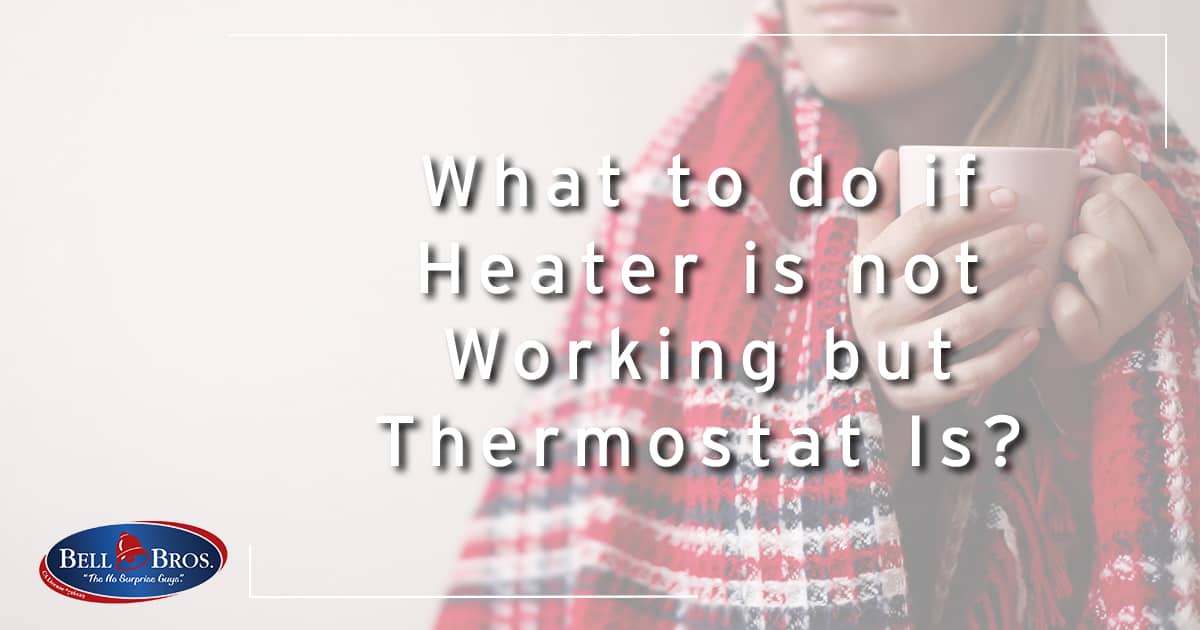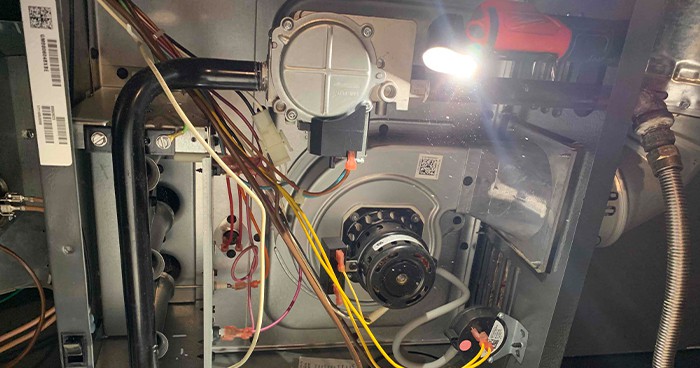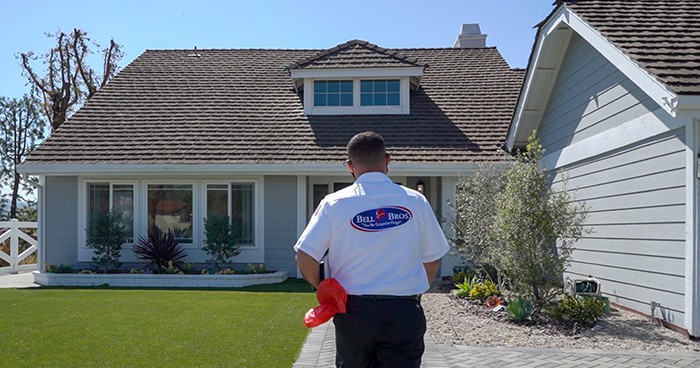What to do if Heater is not Working but Thermostat Is?
The weather in Sacramento and the Bay Area can be described as mostly mild. However, winter temperatures can be cold, especially by California standards.
There’s nothing better than coming home on a cold day and turning on the heater. But what happens when your heater is not working but thermostat is? There are a few reasons this could be happening, read on to learn more.
(Quick note: We normally refer to the furnace as the heater, but in this post, we will use heater and furnace interchangeably.)
The Furnace is On, but Not Heat is Coming Out
The modern furnace has come a long way, especially where safety is concerned. Heaters made after the 1990s have many more safety switches and triggers than older models. The one issue is that this can cause a lot of confusion for many homeowners.
A number of triggers can set off a safety switch. Once the switch is triggered, only a certified HVAC professional can reset the system.
Things that can trigger a safety sensor are:
- A furnace that’s too hot
- Carbon monoxide leak
- Too much built-up pressure
- Broken or leaking gas line
After a safety switch is triggered, your system will not work, even if your thermostat does.
No matter what, it’s best to call an HVAC professional if your furnace isn’t creating any heat.
Thermostat Working, but Heater Isn’t, could be the Gas.
Nearly all furnaces in the United States need gas to run. Chances are your home is equipped with a line that brings in natural gas from a city supply. The natural gas is used by appliances like the furnace, water heater, and stove.
Furnaces also need electricity and sometimes water to do their job. We’ve gone on calls where all we needed to do was reset the power breaker.
A stuck or broken gas valve could be a reason your thermostat is working, but your heater isn’t.
Another reason why your thermostat is working, but the heater isn’t could be because of a stuck gas valve. In the same vein, we’ve seen homes where the control board couldn’t communicate with the thermostat.
Do you suspect a problem with the gas line? Try to turn on the stove—if it is gas powered. If a gas powered stove can turn on, you’re looking at a problem with the furnace itself. However, if the gas powered stove can’t ignite, it’s a problem with the gas line.
The Furnace Needs Maintenance Work Done
One of the best things you can do for the health and safety of your system is to schedule twice yearly tune-ups. Once in the spring and once in the fall.
During a furnace tune-up, a Bell Brothers HVAC technician will inspect, clean, and test every part of your system. They’re looking for potential problems and making sure everything is running as efficiently as possible.
Don’t forget about routine maintenance. Call us out for an ounce of prevention, not a pound of cure.
Did You Forget to Change Your Air Filter?
Second to tune-ups, the next best thing you can do for your home and HVAC system is to regularly check and change your air filter. All air filters need to be changed at one point or another. The length of time between replacements depends on the air filter’s material and your home’s environment.
It’s also important to change the air filter because a clogged air filter can block heat treated air from coming into your home. During a heating cycle, your furnace will try to push treated air through the filter to clean it.
When an air filter is too full or clogged, it can block heated air from coming through. An overfull filter can also make your heating bill go sky high because it forces your system to work twice as hard.
When this happens, your thermostat is on and working, but your furnace can only produce colder air.
Is Your Furnace Short Cycling?
Both your furnace and air conditioner run on a constant cycle. A typical cycle lasts between 15 and 20 minutes. Your home should be fully heated by the end of a cycle.
However, short cycling happens when your furnace can’t get a proper temperature reading, is unable to fully heat the home, or heats the home too fast.
Some other reasons your furnace will short cycle are if:
- The furnace itself is overheating
- The air filter is too dirty and too full of debris
- Your flame sensor isn’t working
- The thermostat is in the wrong spot
- Your Furnace is too big for your home
For the best furnace maintenance in the Bay Area and Sacramento, reach out to the experts at Bell Brothers. You can call the number at the top of the screen or click here to book online.





